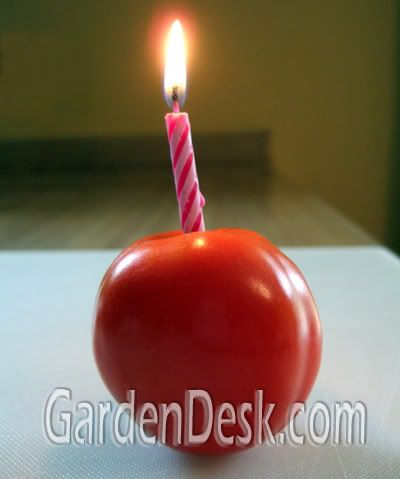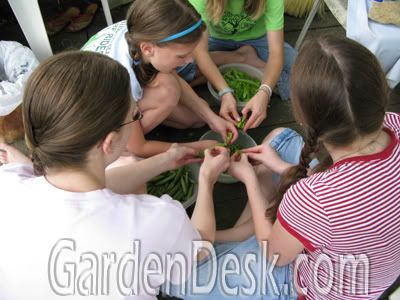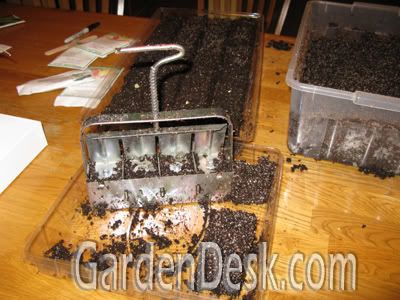Contech Scarecrow; many uses in the garden!
My previous post was partly about all of the animal pest problems I have here in rural Kentucky. Although I didn't know it yet, as I was writing that post my newest animal problem was beginning. Squirrels are stealing my apples! I surprised one sitting in the apple tree and while running away, he dropped this apple from his mouth:

My previous post was also partly about my new garden gadget, the Scarecrow from Contech. This got me thinking that I remember seeing something on their website called SquirrelStop. Contech has many neat products but SquirrelStop is a bird feeder that spins rapidly when a Squirrel hangs from it. It would be pretty funny to see a surprised and dizzy squirrel get spun off of a bird feeder. In my case the Squirrel Stop would not help. How could I keep the squirrels from eating my apples?
Of course my answer was right in front of me. I was going to wait and use the Scarecrow water sprayer to defend my corn but why not try it out on the Squirrels first? They had already eaten almost all of the apples in the tree closest to the woods, but they haven't touched the next tree yet. I set up the Contech Scarecrow next to that tree but couldn't wait to see if it worked. My daughters were picking tomatoes in the garden so I called them over to the apple tree.

It works!

This is a fun gadget. The apple tree limbs blowing in the breeze do not set it off so I guess it isn't a simple motion detector. It seems to only go off if a living thing approaches. It nearly knocked a poor sparrow to the ground! The range of the detector is pretty far as well. It "saw" me working in the garden 50 feet away. The spray doesn't shoot that far but the noise would probably scare animals away even before they get wet. You can also set the radius on how much it sprays. I've got it trained just on the apple trees, but you could make it spray nearly 360 degrees. If I got one more of these I could probably guard my whole garden. Cool!

















































